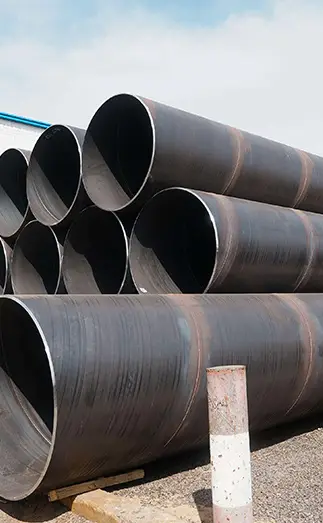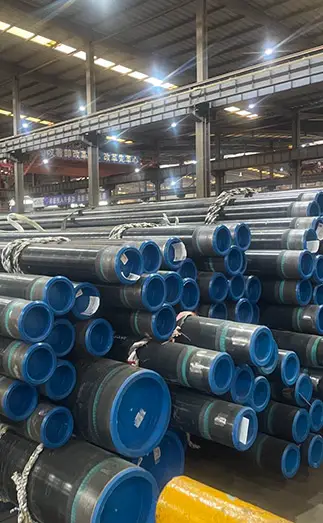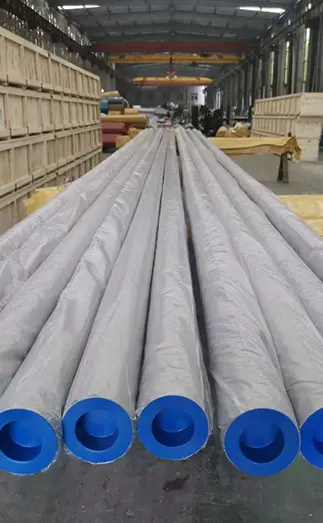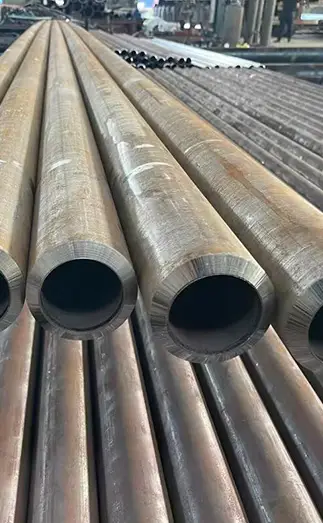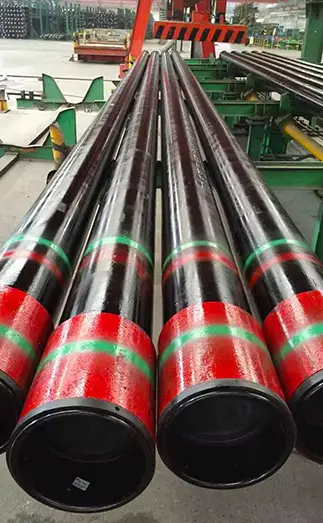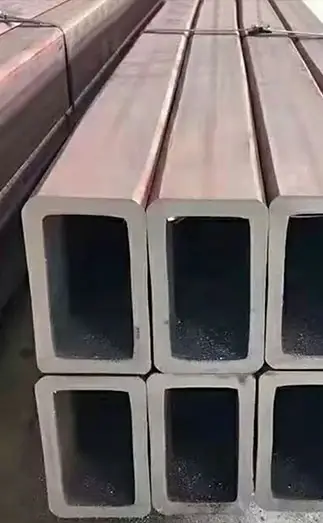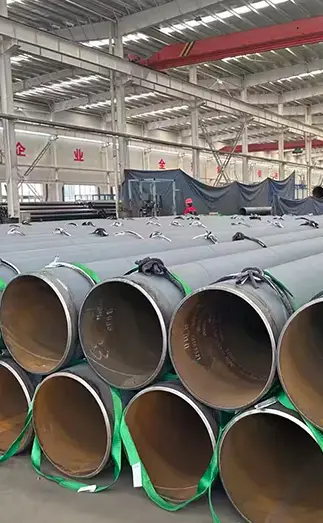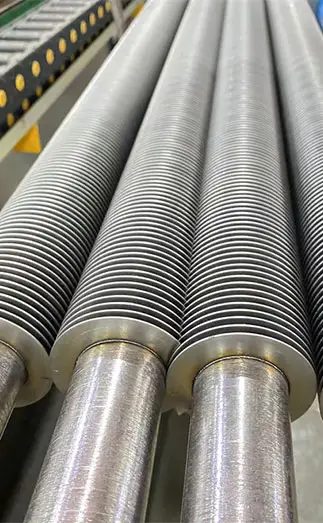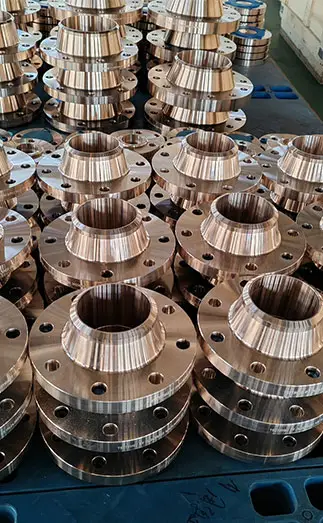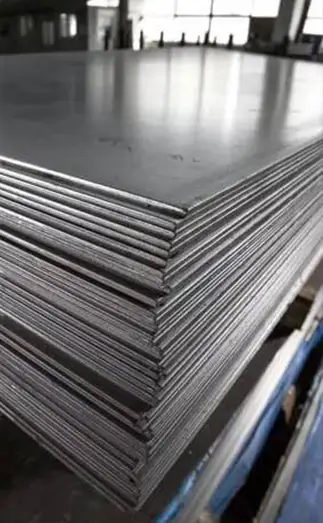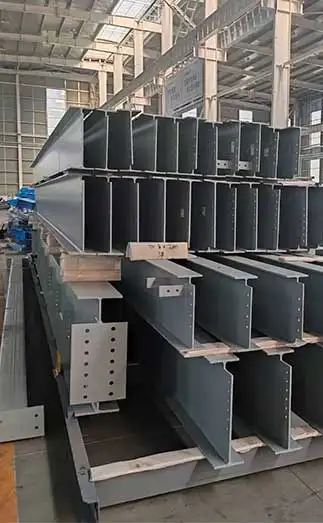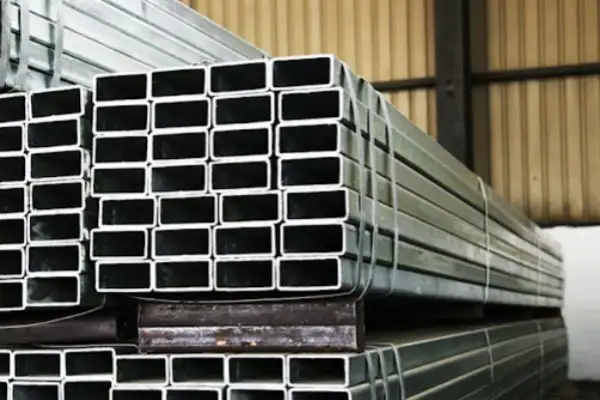In the steel pipe market, 20# carbon steel tube stands out for its outstanding performance and wide range of applications. This article provides a detailed overview of 20# carbon steel tubes, focusing on their chemical composition, mechanical properties, specifications, production process, and application fields, to showcase their unique advantages.
Super Steel Manufacturing Co.,Ltd is professional carbon steel tube manufacturer, for more details, please contact:sales@super-steels.com
Chemical Composition of 20# Carbon Steel Tube
The excellent performance of 20# carbon steel tube stems from its well-balanced chemical composition. According to industry standards, the main elements include carbon (C), silicon (Si), manganese (Mn), sulfur (S), phosphorus (P), chromium (Cr), nickel (Ni), and copper (Cu).
The carbon content ranges from 0.17% to 0.23%, classifying it as a low-carbon steel.
This low carbon content provides good toughness and weldability while maintaining adequate strength.
Silicon and manganese are appropriately added to enhance strength and improve overall mechanical performance.
The composition is optimized to ensure the material meets diverse processing and operational requirements.
Mechanical Properties of 20# Carbon Steel Tube
The mechanical properties of 20# carbon steel tube reflect its reliability in demanding environments:
Tensile Strength (σb): ≥ 410 MPa
Yield Strength (σs): ≥ 245 MPa
Elongation (δ5): ≥ 25%
Reduction of Area (ψ): ≥ 5%
Hardness (unheat-treated): ≤ 156 HB
These properties demonstrate that 20# carbon steel tube combines high strength with excellent ductility, allowing it to perform reliably under varying load conditions. The moderate hardness also makes it well-suited for subsequent machining and fabrication processes.
Specifications and Dimensions of 20# Carbon Steel Tube
20# carbon steel tubes are available in a wide range of sizes and formats to meet diverse industrial needs:
Outer Diameter: Typically ranges from 10mm to 2000mm
Wall Thickness: Between 1mm and 50mm
Length: Standard lengths include 6m, 9m, and 12m, with customized lengths available upon request
The tubes can be supplied in various delivery conditions, including:
As-rolled (no heat treatment)
Annealed
Normalized
Tempered at high temperatures
This flexibility allows users to select the most appropriate form based on specific application requirements.
Production Process of 20# Carbon Steel Tube
The manufacturing process for 20# carbon steel tube involves precise and controlled steps:
Piercing: A solid billet is transformed into a hollow tube.
Hot Rolling / Cold Drawing / Cold Rolling: These forming methods refine the dimensions and surface quality.
Heat Treatment (if required): Enhances microstructure and mechanical properties.
Quality Control: Every stage includes strict inspection protocols to ensure the pipe meets national or international standards.
This robust production process ensures the final product exhibits consistent quality and performance.
Key Performance Advantages of 20# Carbon Steel Tube
High Strength with Toughness
20# carbon steel tube offers a balanced combination of strength and toughness, ensuring structural stability under impact, vibration, or dynamic loads.
Excellent Cold Formability
It has superior cold deformation capability, making it ideal for bending, rolling, flanging, and hammering operations. This enhances fabrication flexibility across various industries.
Reliable Weldability
20# carbon steel tube performs well in both arc welding and resistance welding. While gas welding requires more care—especially in thin sections—overall welding performance is stable and reliable.
Good Machinability
In the cold-drawn or normalized state, the material offers excellent machinability, making it suitable for manufacturing complex mechanical components. This reduces production costs and improves efficiency.
Application Fields of 20# Carbon Steel Tube
Due to its well-rounded performance, 20# carbon steel tube is widely used across multiple sectors:
Structural Applications: Used in building frameworks, bridges, and infrastructure support components.
Fluid Transportation: Common in pipelines for oil, gas, water, and other media.
Boiler Tubes: Applied in low- and medium-pressure boiler systems.
Machinery Manufacturing: Ideal for shafts, bearings, connectors, and other mechanical parts.
Its growing use in these fields highlights both its practical value and broad market potential.



 English
English Español
Español Français
Français بالعربية
بالعربية